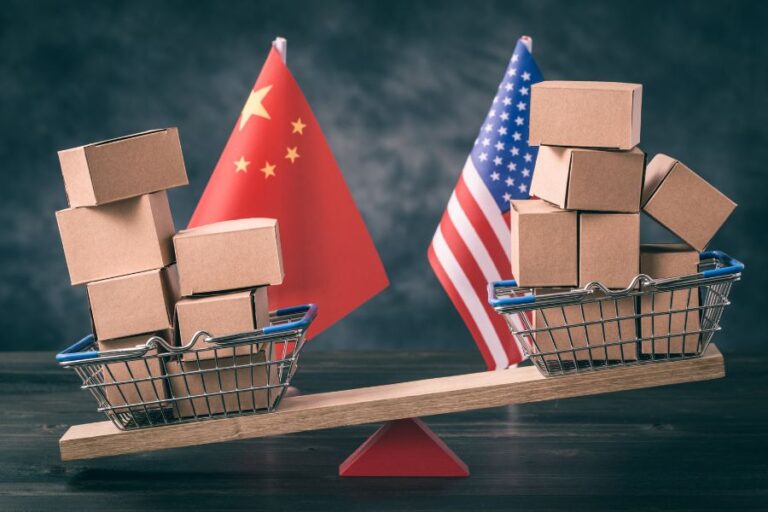Major Breakthrough in Trade Talks
In a surprising turn of events, the United States and China have announced a mutual agreement to reduce tariffs, temporarily cooling tensions in their ongoing trade conflict. This 90-day truce, which significantly eases duties on both sides, has been lauded as a strategic pause and a potential reset in one of the most consequential economic relationships in the world.
The agreement, finalized after intensive negotiations in Geneva, stipulates a mutual tariff reduction totaling 115 percentage points. For the United States, tariffs on Chinese imports will drop from a staggering 145% to 30%. This new rate includes a 20% surcharge associated with measures to combat the fentanyl crisis, highlighting how security and trade concerns have become intertwined. Meanwhile, China will reduce its tariffs on American goods from 125% down to just 10%, a move seen as a major concession from Beijing.
Global Markets React Positively
Following the announcement, global financial markets experienced a powerful rally. The Dow Jones Industrial Average surged over 900 points, and similar bullish activity was recorded in Europe and Asia. Technology, agriculture, and manufacturing sectors—severely impacted by the previous tariffs—led the charge in market gains, reflecting renewed investor confidence in global trade stability.
This unexpected development arrives at a critical juncture for the global economy, which has been grappling with inflation, supply chain disruptions, and geopolitical instability. Economists suggest that the temporary lifting of tariffs could provide much-needed relief, particularly for industries dependent on U.S.-China trade flows.
Strategic Intent Behind the Truce
Although this truce is limited to 90 days, both governments framed it as a confidence-building measure aimed at broader objectives. Officials from both Washington and Beijing emphasized their shared desire to avoid economic decoupling. They also committed to a framework for future negotiations that could lead to more sustainable and balanced trade practices.
China’s Vice Premier cited the agreement as a “pragmatic step to protect global stability,” while the U.S. Trade Representative noted that continued cooperation would depend on mutual adherence to trade norms and transparent dialogue.
Unanswered Questions and Forward Outlook
Despite the optimism, several critical questions remain. Will this 90-day truce lead to a longer-term agreement? Can the two superpowers bridge deeper divides over technology, national security, and intellectual property? And will the fentanyl-related tariff layer remain a permanent fixture?
While uncertainty lingers, one thing is clear: the announcement marks a rare diplomatic win for both sides and a momentary reprieve for a strained global economy. The coming weeks will determine whether this détente matures into lasting reform or merely postpones the next escalation.


